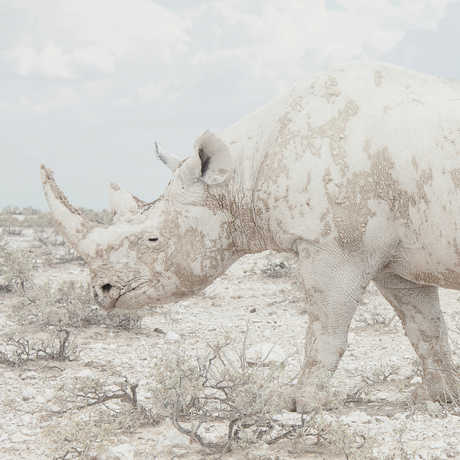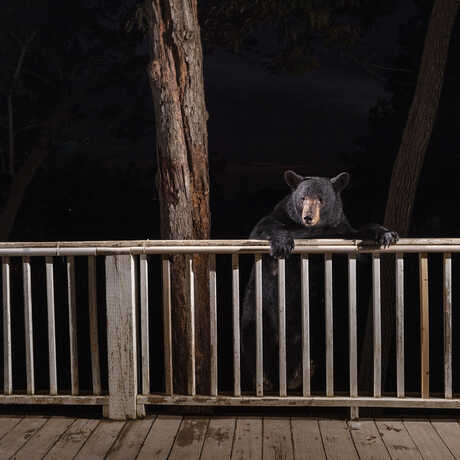Science News
Frankenstein and Extinction

Just in time for Halloween, a new study in BioSciences by UC Merced and Dartmouth researchers determines how Dr. Frankenstein (not Fronkensteen) saves the human race from extinction in Mary Shelley’s (almost 200 year-old) novel, Frankenstein. The team focuses on a part in the novel when the Creature asks Victor Frankenstein for a female companion, hoping the two of them could live happily ever after in the “wilds of South America,” living on “acorns and berries.” Frankenstein agrees with this, and begins to build a female companion with the idea that humans would have few competitive interactions with a pair of isolated creatures. But later, he reverses his decision after considering the creatures’ reproductive potential and the probability of human extinction, a concept termed competitive exclusion.
What’s remarkable is that the principle of competitive exclusion wasn’t even formally described by UC Berkeley’s Joseph Grinnell until the early 1900s—100 years after Frankenstein’s publication. “Two species of approximately the same food habits are not likely to remain long evenly balanced in numbers in the same region. One will crowd out the other,” Grinnell wrote. And the one that wins out has a competitive advantage such as strength and height, like Shelley’s Creature.
That gave the Merced and Dartmouth scientists an idea. “Given Shelley’s early command of this foundational concept, we used computational tools developed by ecologists to explore if, and how quickly, an expanding population of creatures would drive humans to extinction,” says co-author Nathaniel J. Dominy.
The researchers developed a mathematical model based on human population densities in 1816, finding that the competitive advantages of creatures varied under different circumstances. The worst-case scenario for humans was a growing population of creatures in South America (did Shelley know that, too?), as it was a region with fewer humans and therefore less competition for resources. “We calculated that a founding population of two creatures could drive us to extinction in as little as 4,000 years,” Dominy says, with horror (actually, he may have said it without horror, but we’re posting this story on Halloween). Although the study is merely a thought experiment, the team says it could have real-world implications for how we understand the biology of invasive species.
“To date, most scholars have focused on Mary Shelley’s knowledge of then-prevailing views on alchemy, physiology and resurrection; however, the genius of Mary Shelley lies in how she combined and repackaged existing scientific debates to invent the genre of science fiction,” says co-author Justin D. Yeakel. “Our study adds to Mary Shelley’s legacy, by showing that her science fiction accurately anticipated fundamental concepts in ecology and evolution by many decades.”
Image: SunOfErat/Wikipedia


